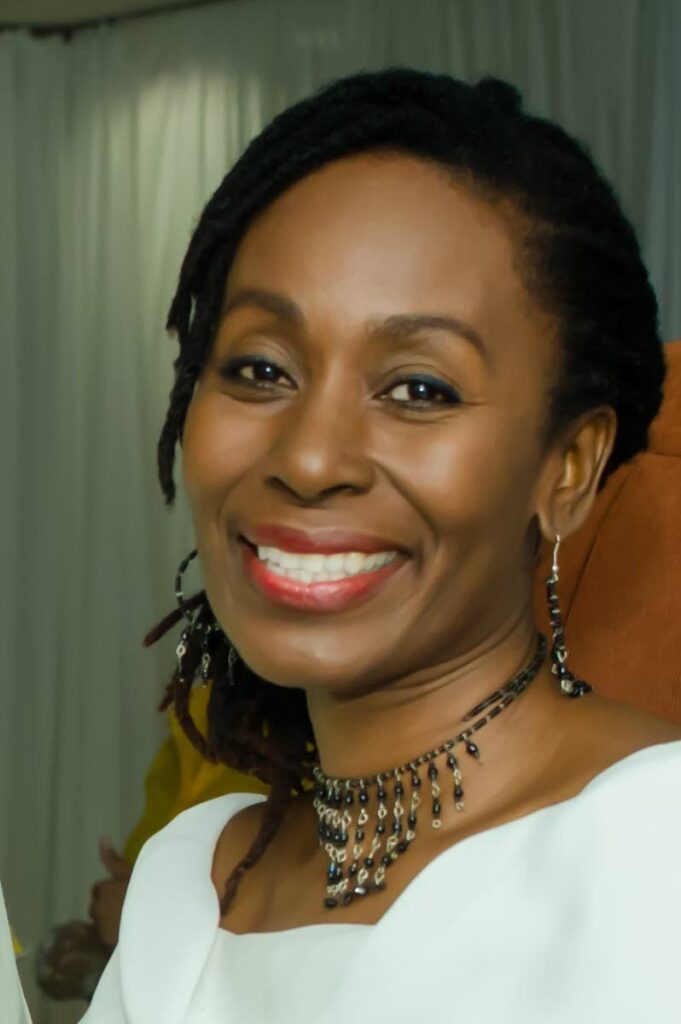How children’s programmes can save us

Culture Matters
DARA E HEALY
“Friend something better than chocolate ice cream…Maybe friend somebody you give up last cookie for.”
– Cookie Monster, Sesame Street puppet
IN 1969, THE simple goal of Sesame Street, a children’s programme, was to improve literacy amongst inner city children. The set for the series reflected this intent, with most of the action happening either on the outside steps of an apartment building, a garbage can or the local shop in the neighbourhood. But it was 1969; nothing was simple.
The civil rights movement confronted issues from racism to women’s rights and the relationship between government and the people. The Sesame Street writers ensured that these topics were addressed in a way that made sense to children. In that time and space, such programming was necessary.
Given the daily traumas being experienced by our youth, is it not time to explicitly align programming for children with our plans for national development?
This week I watched with horror a documentary about the abuse of young nuns by priests in the Catholic Church. The girls were often told by their abusers that the abuse was a way of getting closer to God. Although the young women instinctively knew what was happening to them was wrong and certainly not of God, they lacked the vocabulary or information to effectively resist.
Considering the horrific statistics recently reported (again) by the Children’s Authority, the time has come for sustained programmes on every available and appropriate media to protect our children from abuse.
The documentary highlighted another reason why the girls stayed silent – the omnipotence or all-powerfulness of the priests who were protected by the church. Thus, another key component of any children’s programme must be fostering critical thought. Children should learn as early as possible about their rights, including the right to voice their opinions or not to be discriminated against for reasons including religion, sexual orientation or body type.
It is therefore important to teach children to question the institutions and public figures around them. For our society to develop more thoughtful ways of assessing those who put themselves forward to serve, we must abandon our tendency to glorify them. Children should learn that serving their nation is about humility, gratitude and always putting the needs of the country first.
Programming for children is also about supporting parents and guardians to navigate the often confusing world of childcare. On Sesame Street, one of the grown-ups nursed her son and explained what was happening to Big Bird. Their exchange is described in this way:
“I’m feeding the baby. See, he’s drinking milk from my breast,” Sainte-Marie says.
“That’s a funny way to feed a baby,” Big Bird responds.
“Lots of mothers feed their babies this way,” Sainte-Marie explains. “Not all mothers, but lots of mothers do.”
In 1973, Molly Cox from the UK created a show for children called Why Don’t You Switch Off Your Television and Go and Do Something Less Boring Instead. It emanated from concerns about the negative impacts of too much screen time on young minds and the dangers of a sedentary lifestyle (sounds familiar?). The programme showcased children engaged in enjoyable activities from sports to amateur film-making.
While many of the lessons from Sesame Street and other programmes are universal, they were created for children in an environment external to ours. These programmes are not in our voice and do not embody the nuances or norms of our society.
At home, although school fights are highlighted in the media, how should we treat with the less visible problems such as gang culture, racism, sexual attitudes, religious intolerance, identity or mental health? Naturally, I would advocate through our creative and cultural forms. However, it is essential to ensure the people designing the programmes understand our correct history and heritage and are qualified to captivate young minds.
At a recent workshop for children, when I asked about values in the creative piece we were discussing, hands shot up – kindness, respect, truth, honesty…I was pleasantly surprised. Children instinctively know what is right. They already know what our society needs.
So, perhaps the real conversation around budget allocations should be, in the interest of developing our nation, how much do we set aside for children’s programming over the next five-ten years? To paraphrase Kermit the Frog, Life is like a movie. Let us write the best possible ending for the generations looking on.
Dara E Healy is a performance artist and founder of the Indigenous Creative Arts Network – ICAN


Comments
"How children’s programmes can save us"